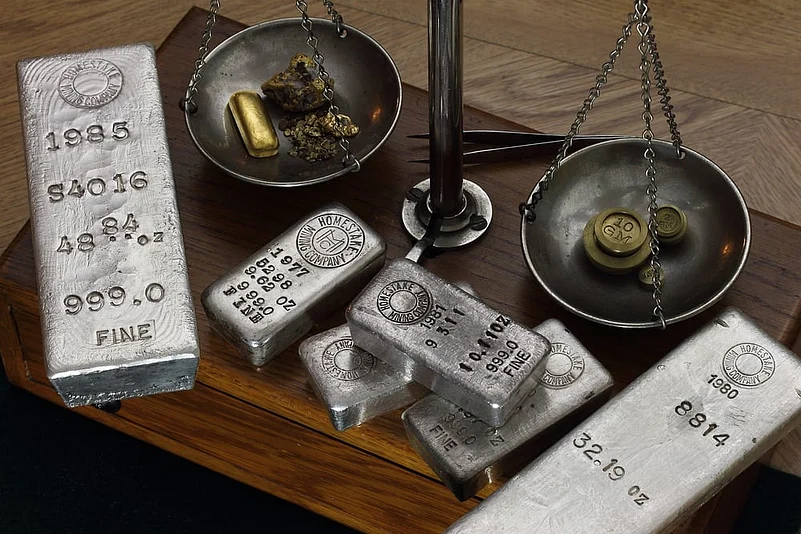Buying precious metals like gold and silver during Diwali has been a long tradition in India. People flock to jewellery shops to buy them on Dhanteras and Diwali. Silver is more commonly used for gifts as it is cheaper than gold. It is also widely used for industrial purposes, so its prices can be more volatile than gold. However, these metals are always in demand in India.
Should You Invest In Silver?
Buyers should evaluate their requirements before investing in any financial instrument or commodity. For instance, one can invest in physical silver, silver exchange-traded funds (ETFs), digital silver, etc., depending on their purposes. People usually buy silver in physical form such as coins, idols, jewellery, or utensils for personal use and gifting purposes.
Silver mutual funds, ETFs, etc., are preferred for long-term returns and to preserve liquidity. However, one must check their purity, charges, and resale value before buying physical silver. Hence, one must be careful about fraud or cheating while purchasing physical silver. Hallmarked metals can guarantee the purity.
What Is Hallmark?
The hallmark sign guarantees purity and other details. Hallmarking is a step to prevent fraud, like selling low-purity precious metals at higher prices. Hallmark safeguards buyers’ interest and ensures the metal’s purity.
Silver hallmarking started in 2005. According to the Indian Standard on Silver Hallmarking, the IS 2112: 2014 standard specifies six alloy grades: 990, 970, 925, 900, 835, and 800. These are used in the manufacturing of silver jewellery and artifacts.
How To Check Hallmark:
Buyers’ must always check the purity of the metal.
· They should buy hallmarked jewellery from jewellers registered under the Bureau of Indian Standards (BIS).
· The registered jewellers display the BIS registration certificate. So look for the hallmark sign on the silver article.
· The sign comes with the BIS mark (official logo of the Bureau of Indian Standards or BIS). It is a triangular symbol with a dot inside. The number mentioned next to it shows fineness or the purity grade, which could be 999.9, 999.5, or 999 for fine silver. The purity standards for silver jewellery and artefacts are 990, 970, 925, 900, 835, 800, as per BIS data. After that, the year of making is mentioned, followed by the jeweller’s mark. All this information helps identify the jeweller and determine the purity level.
· If the item is not hallmarked, one can get it hallmarked for Rs 25 for each silver jewellery piece, irrespective of its weight.
When the jeweller is BIS registered, BIS visits the sales outlets periodically, collects samples of the hallmarked items, and checks whether they are as per standards. If the item fails the standard, action is taken against the jeweller and the hallmarking centre.
Buyers should also compare the making charges if they buy jewellery or artefacts to find a suitable deal. They can further check whether they can sell the item to that particular seller or to any seller in future if needed. And finally, remember to collect the invoice whenever and wherever you buy precious metals.














